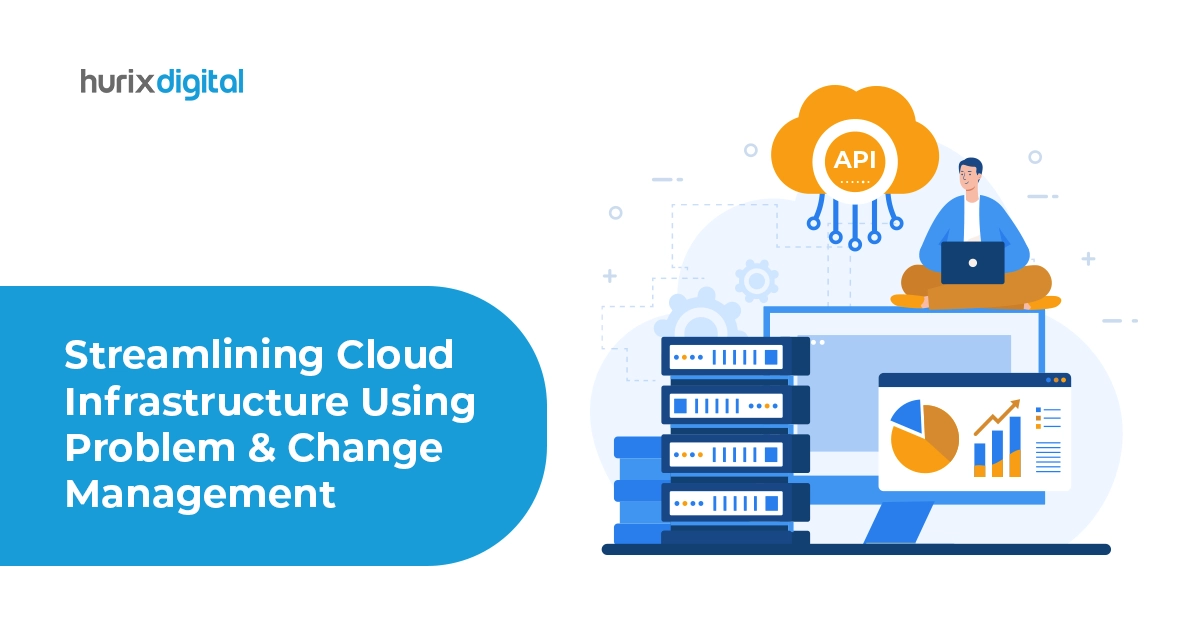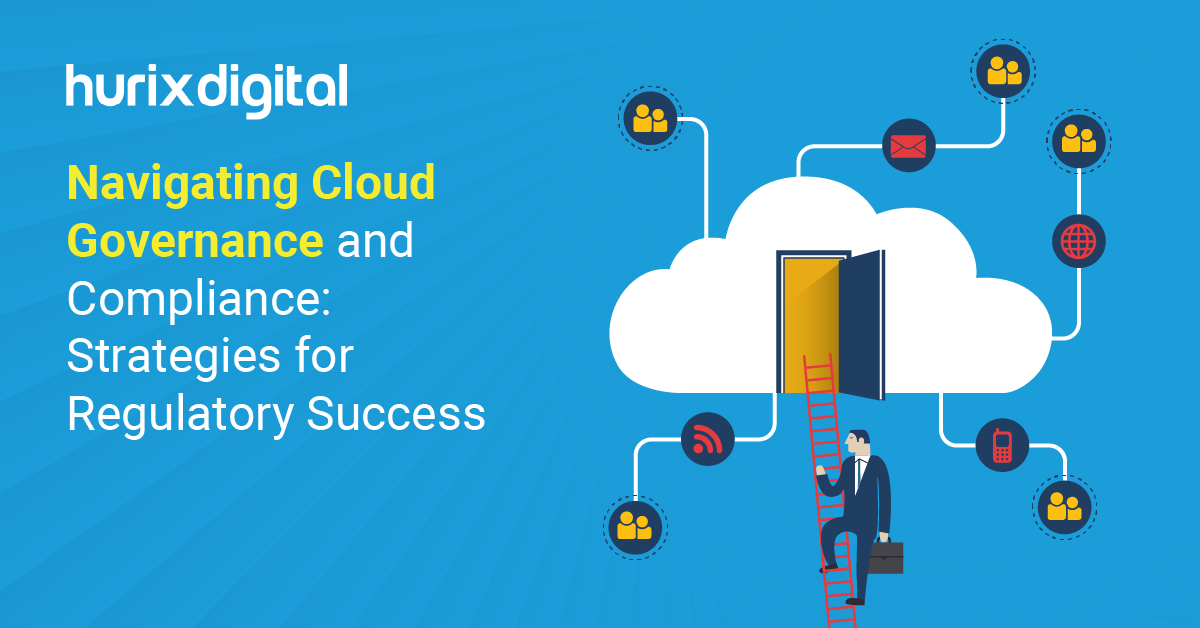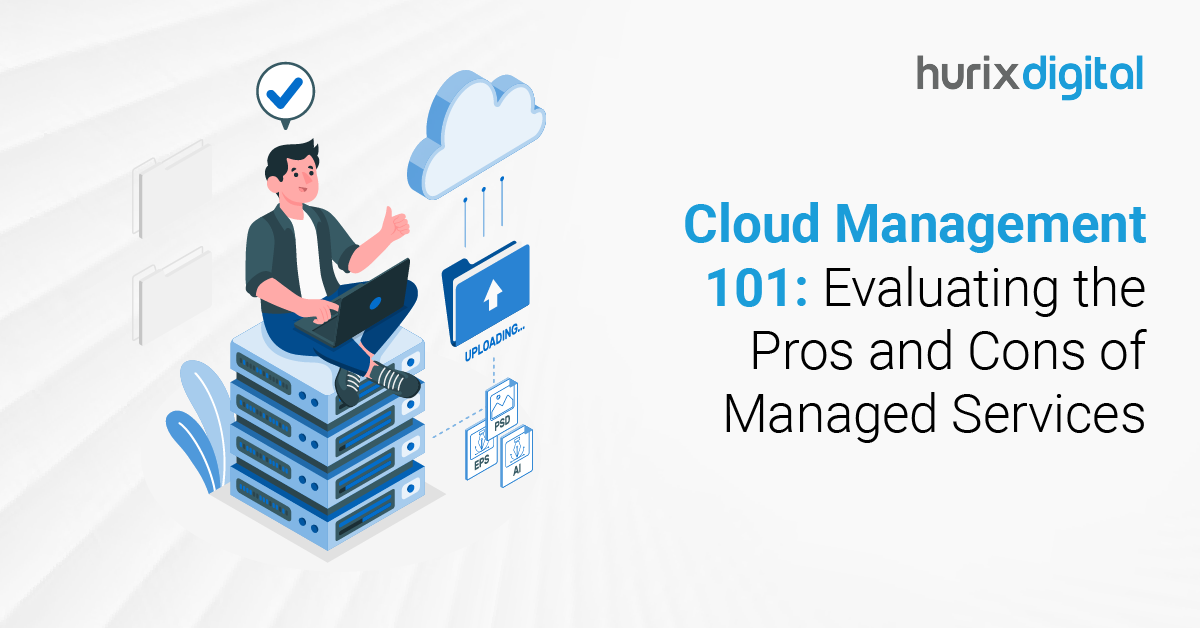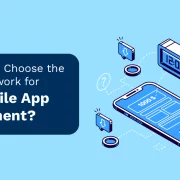
Streamlining Cloud Infrastructure Using Problem & Change Management
Summary
This article discusses streamlining cloud infrastructure using problem and change management. It highlights the importance of identifying and resolving issues, implementing changes effectively, and maintaining a stable and efficient cloud environment for optimal performance and reduced downtime.
The role of a technical operations manager is important in maintaining optimal utilization of resources and cost-efficiency while ensuring the security, reliability, and minimal disruption of cloud infrastructure management. The key to achieving these goals is avoiding incidents proactively with effective problem management and proposing desired changes through change management within the cloud delivery model.
Let’s have a look at how Problem and change management contributes to cloud delivery best practices with an effective approach.
Table of Contents:
- Problem and Change Management
- What Should Be the Trigger Points of the Problem?
- Ways to Have Effective Root Cause Analysis in Problem Management
- What Should be the Trigger Points of Change?
- Ways to Have Effective Change Management
- To Summarize
Problem and Change Management
Problem Management deals with identifying and resolving the root causes of issues within your cloud environment. Cloud environments can present unique challenges:
- Dynamic Infrastructure: Cloud resources can be constantly changing, making it harder to track dependencies and pinpoint root causes.
- Complete Data is Key: Accurate and up-to-date data on changes and dependencies is crucial for effective problem management.
- Speed is Crucial: Cloud environments can change rapidly, requiring problem managers to react quickly and efficiently.
Change Management ensures smooth transitions when modifying your cloud environment. It is better for risk management in the cloud and to keep deployments aligned with business goals. Here’s how it works in the cloud:
- Focus on Value: Every change should deliver a benefit. Change management helps prioritize and optimize risk based on business value.
- Automation Advantage: Cloud platforms offer tools to automate deployments, reducing human error and increasing predictability.
- Smaller, Faster Changes: The cloud encourages frequent, smaller deployments. This allows for quicker rollbacks if needed.
- Standardization: Creating pre-approved “standard changes” streamlines approvals for low-risk deployments.
Also Read: Maximizing Customer Experience: Key Performance Indicators for Cloud-Managed Services
What Should Be the Trigger Points of the Problem?
In ITIL, the term “Problem” itself doesn’t refer to an issue or malfunction. It refers to the underlying cause of one or more incidents.
The purpose of problem management within ITIL is to enhance cloud incident management, by minimizing their impact by working on the root cause.
Below can be trigger points of the Problem to achieve its objectives:
- Recurring Incident: An incident that is occurring again and again, irrespective of its severity qualifies for a Problem ticket. It’s the most well-known trigger point in ITIL for Problems.
- Major Incident: A single major incident impacts business a lot and its recurrence can be a disaster if certain actions are not taken in time. To achieve it organizations should follow Problem management post-resolution of major incidents.
- Incident Where KB is Unavailable: In the evolving world of technology there are many new things where solutions are not known and if any incident is reported for such a technical component Problem management must be triggered to find a cause and record a solution in Knowledge Base format.
Ways to Have Effective Root Cause Analysis in Problem Management
To achieve optimized cloud service with effective root cause analysis, a document draft should contain the below things on top of the root cause of the Incident, its solution, and 5 why analysis.
1. The solution should be drafted in two ways, a permanent solution and a workaround identified.
When addressing a problem, it’s crucial to provide both a permanent solution to resolve the underlying issue and a workaround to mitigate the immediate impact. The permanent solution aims to eliminate the root cause, enhancing system reliability in the long term. Meanwhile, the workaround ensures continuity of service until the permanent fix is implemented, minimizing disruption to users.
2. If the knowledge base is available, it should be linked to the RCA document; if not, it should be created.
Leveraging existing knowledge bases accelerates problem resolution and prevents recurring incidents. When a knowledge base article exists, it should be linked to the Root Cause Analysis (RCA) document for effective documentation. If no such article exists, one should be created to capture insights, steps, and resolutions for future reference, improving overall problem management efficiency.
3. Incident chronology should be recorded in detail with timestamps to understand RTO and RPO.
Documenting incident chronology with precise timestamps is essential for assessing Recovery Time Objective (RTO) and Recovery Point Objective (RPO). This detailed timeline facilitates an understanding of how quickly systems must recover and how much data loss is acceptable. It also aids in post-incident analysis to identify areas for improvement in disaster recovery and business continuity planning.
4. To avoid recurrence, Action items should be identified with priority, owners, and due date and should be attempted to change management.
After resolving an incident, identifying action items is critical to prevent recurrence. Each action item should be prioritized based on impact and urgency, assigned an owner responsible for implementation, and set with a clear due date. These action items should be formally submitted to change management processes to ensure systematic implementation and tracking of improvements.
5. Rejected Action items should be informed to the infrastructure owner and recorded in the Risk register.
Not all action items proposed may be feasible or appropriate for implementation due to various constraints. It’s important to communicate rejected action items to the infrastructure owner and document them in the Risk Register followed by a risk management process for the cloud environment. This ensures transparency in decision-making and maintains a comprehensive record of considered measures, aiding in future risk assessments and incident response planning.
What Should be the Trigger Points of Change?
The purpose of change in ITIL, specifically within the “Change Management” practice of ITIL, is to ensure that any modifications made to IT services and products are implemented effectively with minimal disruption.
Below can be trigger points of Change to achieve its objectives:
- Infrastructure Optimization: Whenever an organization tries to achieve infrastructure optimization for cost, security, reliability, etc. Change management comes into the picture.
- Problem management: Action Items identified in the Root Cause Analysis draft should follow the change management.
Ways to Have Effective Change Management
Effective change management can be achieved by drafting the change properly, executing it with a sequential approach, and recording its outcome. Below are the components that make Change management effective in achieving the final goal.
1. Well-Organized Change Execution Form
A Change execution form plays a crucial role in achieving the end objective of change. Either a ticketing tool or Word file-based form must be designed having the below attributes:
- Proposed Change execution window with date and time.
- Change Trigger & Business Justification
- Production Downtime
- Risks and Impact Analysis
- Tools being used and vendor information for third-party tools for support
- Roll Back Plan
- Change implementation steps created in the form of tasks and assigned on individual names with expected execution time.
- Health Checks are to be done post-change execution with tasks assigned on individual names.
- Automation scripts being used and their test results in the test environment.
- Special Instruction was received from the infrastructure owner.
2. Approval Process
A change should go through a series of approvals so that the drafted change execution form will be thoroughly reviewed. It should go through at least the below approvals.
- Peer and Architect review.
- Internal Change Advisory Board
- Joint Change Advisory Board
All approvals and their MoM should be recorded in the ticketing system and shall be revisited before executing the change.
3. Recording Change Outcome
Post-change execution, a few points need to be recorded to make change management result-oriented.
- Record change execution time so that more accurate downtime can be proposed for similar changes in the future.
- Record the reasons if change needs to be rolled back and create an action item to mitigate the same
- Record change results like change success, change success with impact, change rolled back, change rolled back with impact, change canceled, etc. It will help to set operations targets to have maximum changes resulting in a successful closure code.
Check out Success Story: Hurix Digital Seamlessly Stabilizes a Leading Utilities Provider’s IT Infrastructure and Services
To Summarize
In conclusion, effective problem and change management is pivotal in cloud service reliability, ensuring clients achieve a healthy and optimized cloud infrastructure from a governance and compliance perspective.
At Hurix Digital, we meticulously integrate these principles into our approach to problem and change management, guaranteeing our clients benefit from a robust and streamlined cloud experience.
Book a quick call with our Cloud Managed Services experts to discuss your needs and embark on a journey towards optimized infrastructure, improved business intelligence, and better decision-making.

Senior Technology Manager- Cloud Services
With over 14+ years of insightful experience in IT Services and Technology Management, Pranav has held managerial roles in last two of his employments and has led projects having complex requirements related to cloud adoption. He has been a founding team member of cloud practices at the time of his last two employment. He has a record of keeping all project status GREEN.








